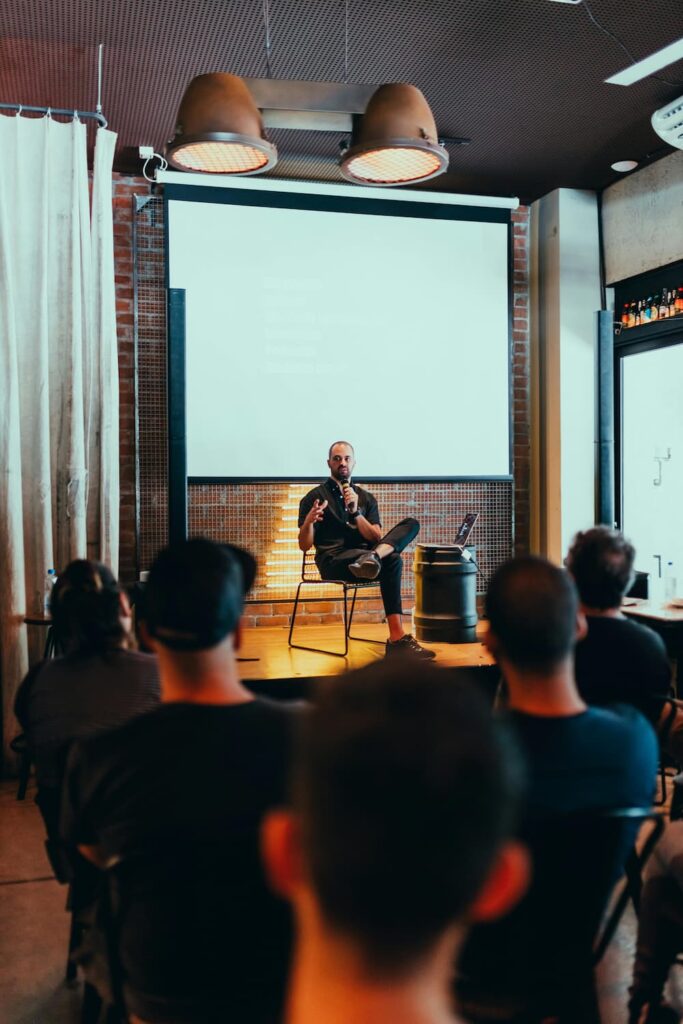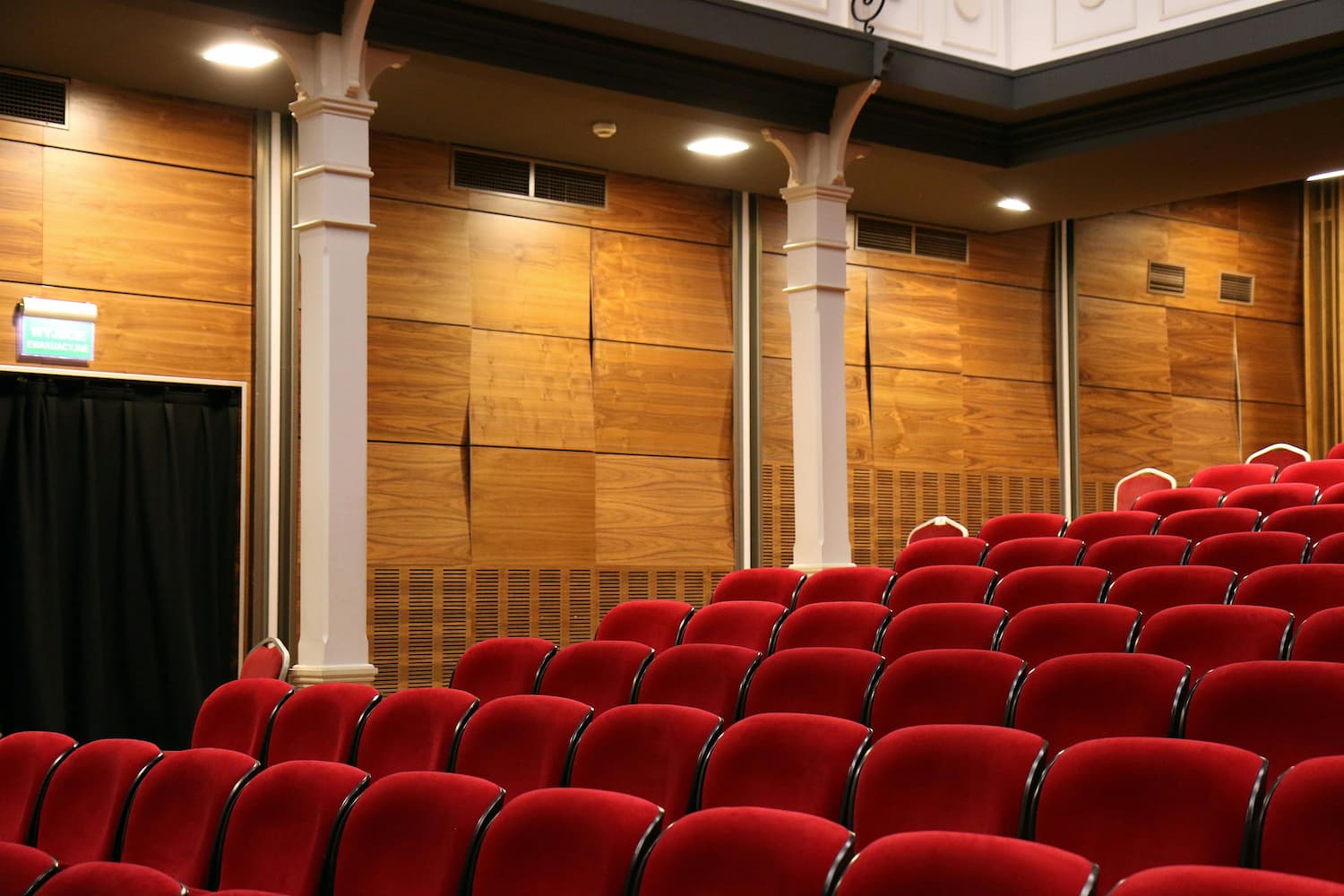Introduction
Writing a seminar paper in the field of design is a unique challenge. While design students excel at visual problem-solving, conceptual thinking, and creating innovative solutions, translating those ideas into a structured academic format can be difficult. The combination of creativity and scholarly precision demands both artistic vision and rigorous research skills. Many students find themselves balancing design studio projects, internships, and part-time jobs alongside academic writing requirements. In such cases, collaborating with a Ghostwriter Seminararbeit can offer a structured, supportive approach to ensure that creative concepts are effectively expressed within the academic framework. This article explores why design students often need help with seminar papers, what constitutes a high-quality design paper, and how professional assistance can make the process more efficient and productive.
Why design students often need help with seminar papers
Balancing practical projects with theory
Design programs often require students to work on multiple studio-based projects, which can be time-consuming and mentally demanding. While these projects are vital for developing practical skills, they leave little room for in-depth academic research and writing.
Expressing creative concepts in academic language
Creative ideas are often abstract, intuitive, and visually oriented. Transforming them into academically sound arguments that meet the expectations of professors can be challenging. Many students struggle to adapt their visual thinking into coherent, academically structured text.
Time constraints and workload
Between lectures, design studios, internships, freelance work, and exhibitions, students’ schedules are often overloaded. Even highly motivated students can find it difficult to allocate enough uninterrupted time for thorough research, structured writing, and editing.
What matters in a strong design seminar paper?
Depth of knowledge despite creative freedom
While creativity is essential in design, a seminar paper must also demonstrate deep subject knowledge. This includes the ability to analyze existing work, reference theoretical models, and connect ideas to established design research.
Theoretical foundation
Good seminar papers are built on a strong theoretical base, such as design history, theory, and methodology. This might involve referencing seminal works in the field, analyzing case studies, or applying relevant research frameworks.
Visual integration
Unlike many academic disciplines, design seminar papers often incorporate sketches, diagrams, mock-ups, and other visual materials. These need to be integrated thoughtfully into the text, supporting rather than distracting from the argument.
Academic writing standards
Citation styles, argument logic, and academic tone are crucial. Even in a creative field, the paper must be consistent with scholarly expectations, clearly referencing all sources and presenting ideas in a logical flow.
How a ghostwriter can specifically help in design
Topic selection and narrowing the focus
A ghostwriter can help identify a relevant and manageable topic. For example, instead of “The evolution of typography,” the topic could be refined to “The impact of variable fonts on responsive web design.”
Literature research at the intersection of practice and theory
Design writing often requires a mix of academic sources, trade publications, and practical examples. A professional can efficiently locate and evaluate these sources, ensuring they are credible and relevant.
Structuring and creating a coherent narrative
A ghostwriter can ensure that the paper has a strong “red thread” – a logical progression that guides the reader from introduction to conclusion without losing focus.
Language optimization and academic style
Even if English is not the student’s first language, a ghostwriter can refine the text to meet academic standards while preserving the student’s unique voice and creative perspective.
Typical topics for design seminar papers
UX/UI development and design psychology
(Example 1: “Applying cognitive load theory to mobile interface design.” Example 2: “The role of microinteractions in enhancing user satisfaction.”)
Sustainability in product design
(Example 1: “Lifecycle analysis of biodegradable packaging materials.” Example 2: “Designing modular furniture for circular economies.”)
Typography in the digital age
(Example 1: “Variable fonts and their impact on web accessibility.” Example 2: “Cultural influences on typeface design in global branding.”)
Interactive media and visual communication
(Example 1: “Gamification strategies in educational mobile apps.” Example 2: “Augmented reality as a tool for immersive brand storytelling.”)
The process – how working with a design ghostwriter works
Discussing the topic and defining the goal
The collaboration begins with an in-depth conversation to clarify the topic, research goals, and specific design context.
Creating an exposé or plan
An exposé serves as the blueprint for the paper, outlining the structure, main arguments, and methodology.
Developing individual chapters
The paper is typically delivered in sections, allowing for ongoing feedback and adjustments before moving forward.
Feedback cycles and visual revisions
Since design papers often include images or diagrams, feedback loops may also involve revising visual materials to ensure they align with the text.
Plagiarism check and formatting
Before submission, the paper is checked for originality, properly formatted, and polished to meet the institution’s guidelines.

How much does a design seminar paper cost?
Page-based pricing depending on complexity
The cost per page can vary depending on whether the paper is purely theoretical or involves complex visual components.
Example calculations
A 20-page theoretical design paper without visual elements may cost less than a project-based paper that includes detailed diagrams, mock-ups, and applied research.
Factors influencing price
- Length: Longer papers require more research and writing time.
- Deadline: Urgent orders may incur higher rates.
- Type of research: Empirical studies or case studies can increase costs.
Advantages of professional support in design
Saving time on complex research
With professional help, students can focus on the creative side of their studies while ensuring the academic component is equally strong.
Balancing design and academic writing
Professional support helps maintain the right balance between creative freedom and scholarly precision, producing a paper that satisfies both design and academic criteria.
Strengthening personal understanding
Collaborating with an expert can deepen a student’s own knowledge, as the process involves feedback, discussion, and exposure to new perspectives.
Conclusion – Think creatively, write structurally: succeed with a ghostwriter
A seminar paper in design demands a blend of creativity, research skill, and academic discipline. Typical challenges include time constraints, translating visual ideas into text, and meeting scholarly standards. Professional help can bridge these gaps, allowing students to present work that is visually compelling and academically robust.
By leveraging the expertise of a Ghostwriter Seminararbeit, students can transform their ideas into well-structured, thoroughly researched, and elegantly written papers—demonstrating both their creative talent and their academic competence. The synergy between design thinking and structured writing is the key to producing a seminar paper that stands out in both content and presentation.
